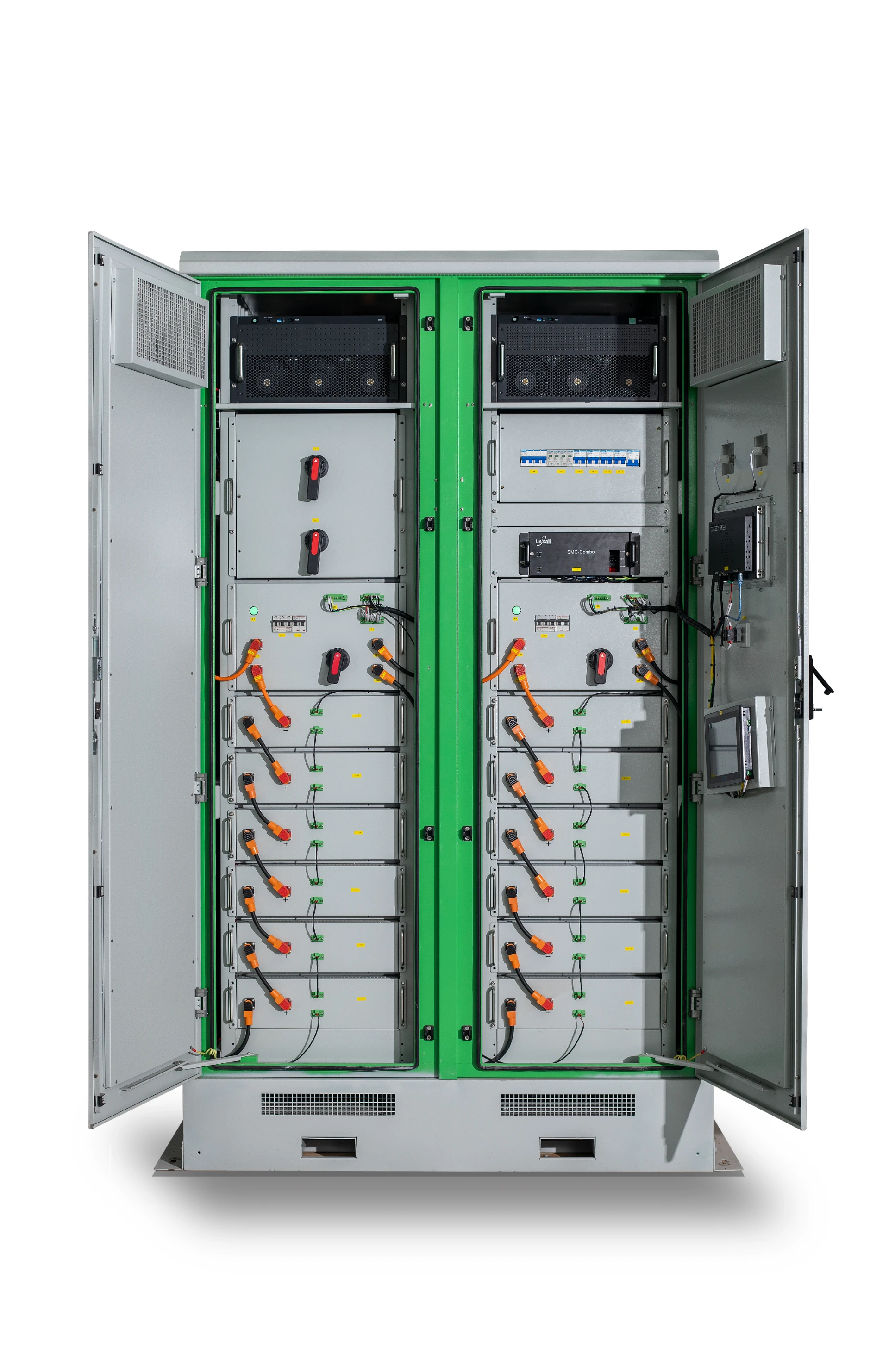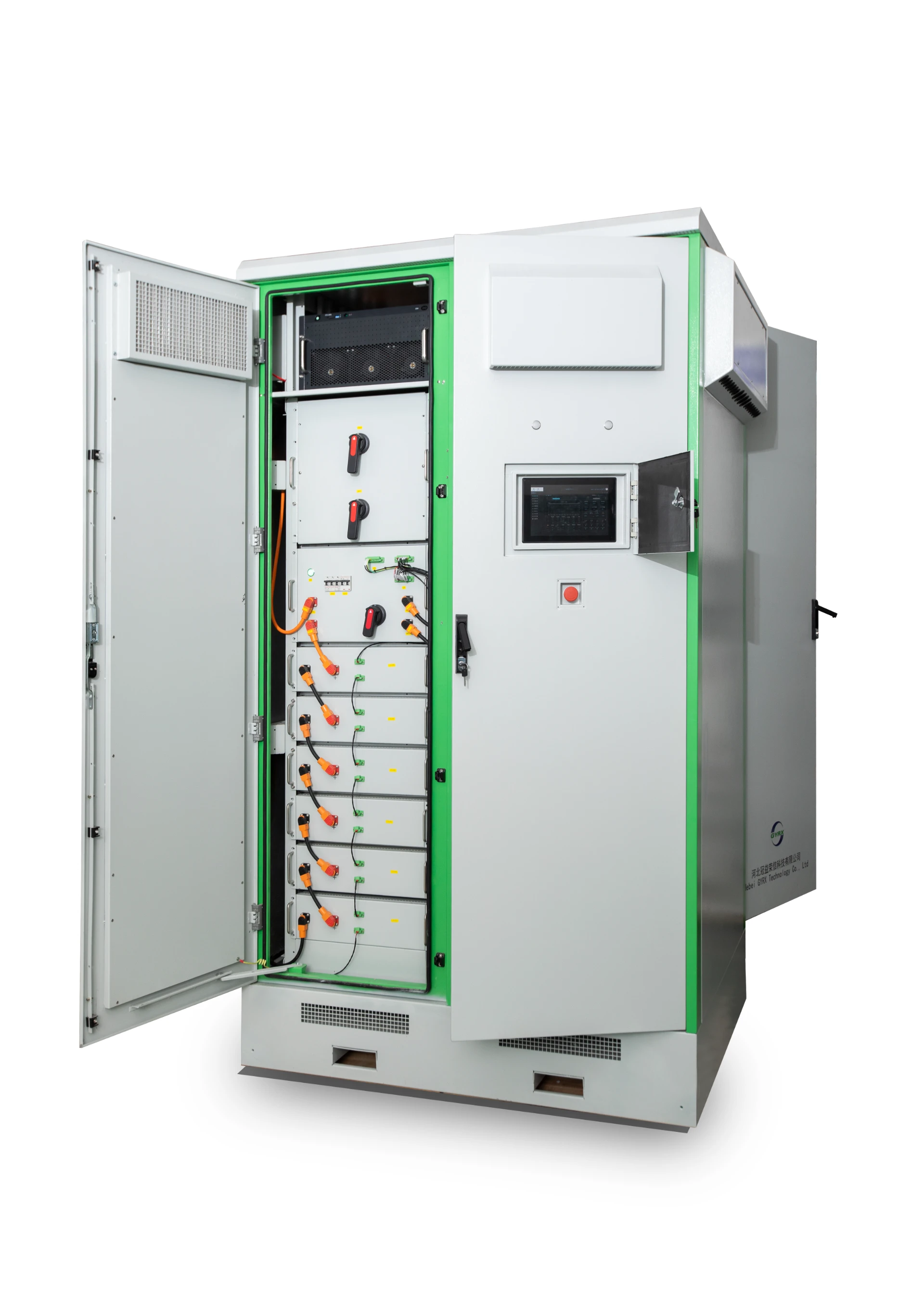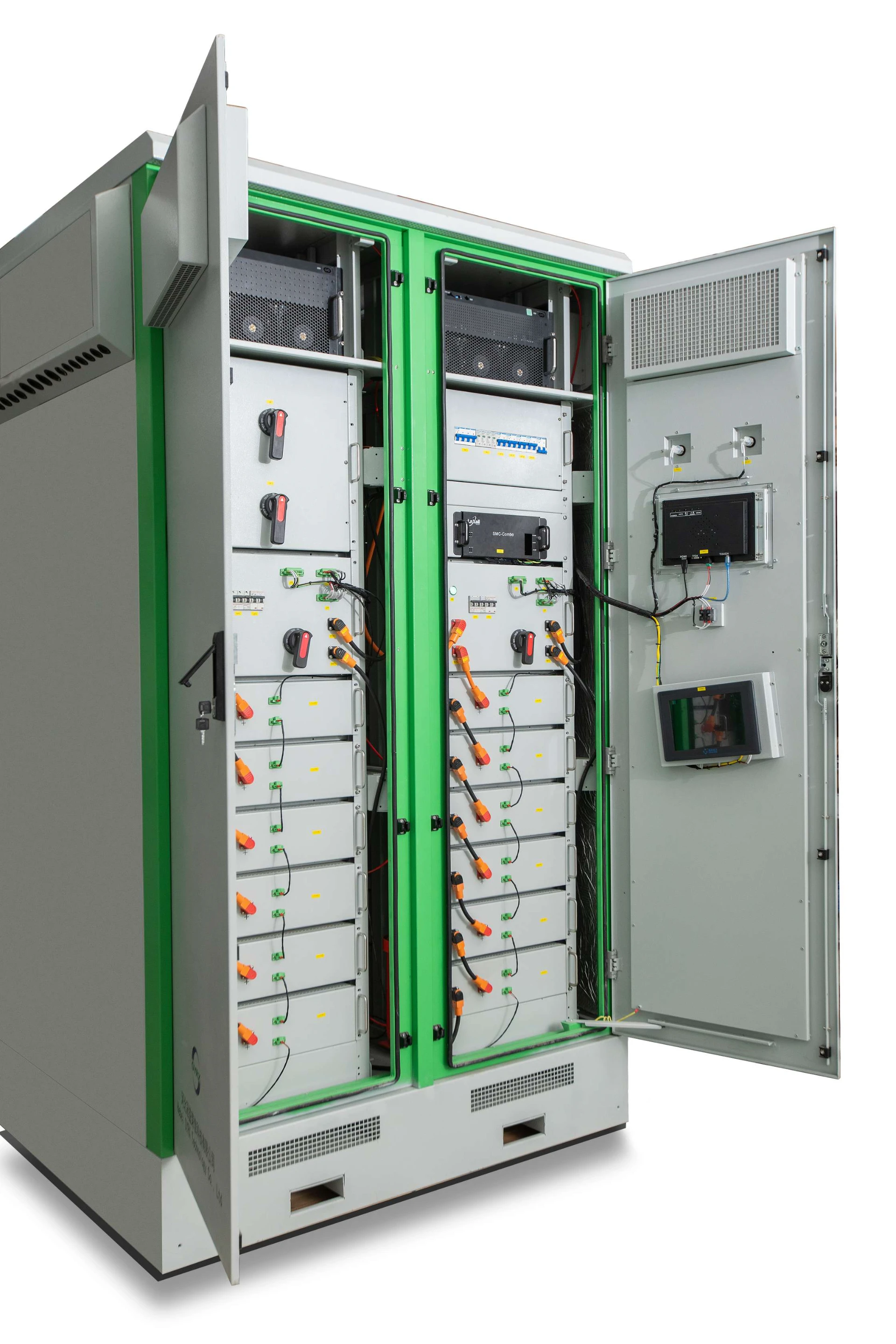
Aug . 06, 2025 01:40 Back to list
Reliable Energy Storage System | Advanced ESS Solutions
As the world pivots to renewable energy and demands greater grid stability, the role of a high-performance storage system has become more critical than ever. This guide explores the evolving landscape of energy storage, delves into the cutting-edge technology behind modern systems, and introduces the revolutionary Self-Cooling-PW-164—a benchmark for safety, efficiency, and longevity in the industry.

1. The Global Shift: Industry Trends in Energy Storage
The market for the **energy storage system (ESS)** is experiencing exponential growth. According to BloombergNEF's 2023 analysis, global energy storage installations are projected to reach a cumulative 1,028 GWh by the end of 2030, a staggering 22-fold increase from 2022 levels. This surge is driven by several key factors:
- Renewable Energy Integration: Solar and wind power are intermittent. An effective **storage system** is essential to store excess energy during peak production and discharge it when generation is low, ensuring a stable and reliable power supply.
- Grid Modernization: Aging grid infrastructure requires support. **ESS energy storage system** solutions provide crucial services like frequency regulation, peak shaving, and voltage support, enhancing grid resilience and efficiency.
- Electrification of Transport: The rise of electric vehicles (EVs) necessitates a robust charging infrastructure, which in turn relies on energy storage to manage high-power demand and stabilize the local grid.
- Falling Costs: Continuous innovation in battery chemistry, particularly Lithium Iron Phosphate (LiFePO4), and scaled manufacturing have led to a significant reduction in the Levelized Cost of Storage (LCOS), making these systems economically viable for a wider range of applications.
This trend underscores a move towards not just more capacity, but smarter, safer, and more durable systems. The industry is prioritizing technologies that offer superior thermal management, longer cycle life, and compliance with stringent international safety standards like UL 9540.
2. Understanding Key Technical Parameters of a Storage System
To evaluate any **storage system**, it's crucial to understand its core technical specifications. These parameters define its performance, lifespan, and suitability for different applications.
| Parameter | Definition | Why It Matters |
|---|---|---|
| Cell Chemistry | The core material composition of the battery cells (e.g., LiFePO4, NMC, LTO). | Determines energy density, safety profile, cycle life, and cost. LiFePO4 is favored for safety and longevity. |
| Nominal Capacity (kWh) | The total amount of energy a battery system can store. | Defines the system's energy reserve. A higher kWh means longer backup duration or more energy for peak shaving. |
| C-Rate | The rate at which the battery is charged or discharged relative to its capacity. 1C means a full charge/discharge in 1 hour. | Indicates the power capability. High C-rates are needed for applications like frequency regulation or fast EV charging. |
| Depth of Discharge (DoD) | The percentage of the battery's capacity that is discharged. 90% DoD means 10% of the charge is left. | Deeper discharges reduce cycle life. A good **storage system** is designed for a high DoD while maintaining longevity. |
| Round-Trip Efficiency (RTE) | The ratio of energy discharged to the energy used to charge the battery. | A higher RTE means less energy is lost during the storage cycle, leading to better economic returns. Modern systems exceed 95%. |
| Cycle Life | The number of charge-discharge cycles a battery can endure before its capacity drops to a specified percentage (e.g., 80%). | Directly impacts the system's lifespan and return on investment (ROI). A cycle life of >6000 is considered excellent. |
| Operating Temperature | The ambient temperature range within which the system can operate safely and efficiently. | Extreme temperatures degrade battery health. Advanced thermal management, like liquid cooling, is critical to widen this range and protect the cells. |
3. Product Spotlight: The Self-Cooling-PW-164 Storage System
At the forefront of innovation is the Self-Cooling-PW-164, an **ess energy storage system** engineered for superior performance and unparalleled safety. It directly addresses the shortcomings of conventional air-cooled systems by integrating a proprietary liquid self-cooling technology.
Unmatched Thermal Management
Traditional air-cooled systems struggle with uneven temperature distribution, leading to "hot spots" that accelerate cell degradation and pose safety risks. The Self-Cooling-PW-164 utilizes a sophisticated network of internal cooling channels filled with a dielectric fluid. This system actively and uniformly draws heat away from every cell, maintaining an optimal operating temperature with a cell-to-cell temperature variance of less than 2°C.
Key Benefits:
- Extended Lifespan: By preventing heat-related degradation, the PW-164 achieves a cycle life of over 8,000 cycles at 80% DoD.
- Enhanced Safety: Stable temperatures significantly reduce the risk of thermal runaway, a critical safety concern in lithium-ion batteries.
- Higher Efficiency: Cooler cells operate more efficiently, contributing to a Round-Trip Efficiency (RTE) of over 95.5%.
- Silent Operation: Unlike noisy fan-based systems, the liquid cooling is virtually silent, making it ideal for both commercial and residential installations.

Data-Driven Performance Comparison
Visualizing the data clearly demonstrates the superiority of the Self-Cooling-PW-164's design. Let's compare its key performance indicators against a standard air-cooled **storage system**.
Performance: Self-Cooling vs. Air-Cooled
Typical Application Breakdown for PW-164
- 40% C&I Peak Shaving
- 30% Renewables Integration
- 20% EV Charging Support
- 10% Grid Services
Capacity Retention Over 8,000 Cycles
4. Manufacturing Excellence: The Journey of a PW-164 Storage System
The exceptional quality of the Self-Cooling-PW-164 is not accidental; it is the result of a meticulous manufacturing and quality control process that adheres to the highest international standards, including ISO 9001 for quality management and ISO 14001 for environmental management.
Step 1: A-Grade Cell Selection & Rigorous Testing
- Material: We source only A-grade Lithium Iron Phosphate (LiFePO4) cells from top-tier suppliers.
- Process: Each cell undergoes comprehensive testing for capacity, internal resistance, and voltage consistency.
- Standard: Conforms to IEC 62619 safety requirements for secondary lithium cells.
Step 2: Precision Module Assembly
- Process: Automated robotics and laser welding are used to connect cells, ensuring perfect consistency and minimizing electrical resistance.
- Material: Busbars are made of high-purity copper for maximum conductivity.
- Advantage: This precision assembly is fundamental to the system's high efficiency and long-term reliability.
Step 3: Integration of Advanced BMS and Self-Cooling System
- Process: The multi-layered Battery Management System (BMS) is installed, providing real-time monitoring. The proprietary liquid cooling plates, manufactured using CNC machining from aerospace-grade aluminum, are integrated around the modules.
- Technology: The BMS controls cell balancing, thermal monitoring, and protection against over-charge, over-discharge, and short circuits.
Step 4: Pack Assembly in IP65 Enclosure
- Material: Modules are housed in a rugged, corrosion-resistant enclosure made of powder-coated steel.
- Standard: The enclosure is certified to an IP65 rating, making it dust-tight and resistant to water jets. This allows for safe installation in both indoor and outdoor environments, including harsh industrial or coastal areas.
- Applicable Industries: Petrochemical, metallurgy, water treatment plants, and remote renewable sites.
Step 5: Final Factory Acceptance Testing (FAT)
- Process: Every completed storage system undergoes a full-cycle Factory Acceptance Test (FAT).
- Standard: We test to protocols derived from UL 9540 (Standard for Energy Storage Systems and Equipment) and UL 1973. This includes full-load testing, communications checks, and safety system verification.
- Result: Only systems that pass 100% of the FAT criteria are shipped to the customer, ensuring plug-and-play reliability upon arrival.

5. Application Scenarios & Customization
The modular design of the Self-Cooling-PW-164 allows for remarkable flexibility, serving a wide array of applications from commercial to utility-scale projects.
Key Application Scenarios:
- Commercial & Industrial (C&I): Reduce peak demand charges, maximize self-consumption of on-site solar, and provide backup power for critical operations.
- Renewable Energy Power Plants: Stabilize solar and wind farm output (energy shifting and ramp rate control), meeting grid code requirements.
- EV Fast-Charging Plazas: Install high-power chargers without costly grid upgrades by using the **storage system** to buffer power demand.
- Microgrids & Remote Communities: Provide reliable, resilient power for off-grid or grid-edge locations, increasing energy independence.
Customized Solutions:
We understand that no two projects are the same. Our engineering team works with clients to deliver a tailored **ess energy storage system** solution. Customization options include:
- Capacity Scaling: Multiple PW-164 units can be seamlessly paralleled to achieve multi-MWh capacity.
- Software & Control: Integration with third-party Energy Management Systems (EMS) via Modbus, CAN, or Ethernet/IP protocols.
- Containerized Solutions: For large-scale projects, we offer pre-configured, "plug-and-play" container111ized solutions that include the BESS, inverters (PCS), and thermal management, all tested and ready for deployment.
Application Case Study: Manufacturing Facility in Arizona, USA
The Challenge: A large manufacturing plant faced exorbitant electricity bills due to high peak demand charges, especially during summer afternoons. Their operations were also vulnerable to momentary power outages, causing costly production line resets.
The Solution: A 1 MWh **storage system** composed of six paralleled Self-Cooling-PW-164 units was installed. The system was programmed to charge from the grid during off-peak, low-cost hours and from their existing 500 kW solar array. During peak hours (1-6 PM), the system discharged to power the facility, effectively "shaving" the peak demand from the grid.
The Results:
- 35% Reduction in monthly electricity costs.
- 100% Uptime: The system's UPS functionality eliminated production losses from grid instability.
- Enhanced Sustainability: Increased self-consumption of solar energy from 40% to over 85%.
"The Self-Cooling-PW-164 has been a game-changer. Its reliability and performance, even in the Arizona heat, are remarkable. The savings on our energy bill were immediate, and the peace of mind from having reliable backup power is invaluable." - Plant Operations Manager
6. Building Trust: Our Commitment to Quality and Support
Investing in an **energy storage system** is a long-term commitment. We build trust through transparency, proven authority, and unwavering customer support.
Experience, Authority, and Trustworthiness (E-A-T)
- Industry Certifications: Our products are designed and tested to meet or exceed global standards, including UL 9540, UL 1973, IEC 62619, CE, and UN38.3. Our manufacturing facilities are ISO 9001 certified.
- Proven Experience: With over a decade in power electronics and battery technology, our team has deployed hundreds of megawatts of storage solutions across various industries worldwide.
- Warranty & Guarantees: The Self-Cooling-PW-164 comes with a standard 10-year performance warranty, guaranteeing at least 80% capacity retention, backed by an optional 15-year extension.
- Delivery & Commissioning: Standard delivery lead time is 8-12 weeks. Our expert field engineers are available for on-site commissioning and training to ensure a smooth and successful project launch.
- 24/7 Customer Support: Our dedicated technical support team provides round-the-clock monitoring and assistance to ensure your **storage system** operates at peak performance.
7. Frequently Asked Questions (FAQ)
The PW-164 uses Lithium Iron Phosphate (LiFePO4) chemistry. We chose LiFePO4 for three primary reasons: Safety (it has a much higher thermal runaway threshold compared to other chemistries like NMC), Longevity (it offers a superior cycle life, often exceeding 6,000-8,000 cycles), and Ethical Sourcing (it does not contain cobalt, a conflict mineral).
Traditional air cooling uses fans to blow air across battery modules, which is often inefficient, noisy, and leads to uneven temperatures. Our self-cooling technology is a form of direct liquid cooling. A non-conductive, dielectric fluid circulates through channels integrated into the battery module structure, directly absorbing heat from the cells. This method is far more efficient, ensuring a temperature variance of less than 2°C across all cells, operates silently, and consumes less parasitic power, thus increasing the overall system efficiency.
IP65 stands for Ingress Protection rating 65. The "6" means the enclosure is completely dust-tight, offering full protection against contact. The "5" means it is protected against low-pressure water jets from any direction. For a **storage system**, this is a critical feature, as it certifies that the PW-164 can be safely installed outdoors and in harsh industrial environments (e.g., high humidity, salt spray, dust) without compromising its safety or performance.
The Self-Cooling-PW-164 is engineered for deep cycling. We recommend a Depth of Discharge (DoD) of up to 90% for daily cycling applications. Our performance warranty is based on this usage profile. While you can technically discharge it further, operating at 90% DoD provides an excellent balance between maximizing the usable energy from each cycle and achieving the warrantied 10-year+ lifespan.
Absolutely. The PW-164 is designed to be "inverter-agnostic" and highly compatible. It can be DC-coupled or AC-coupled to integrate with any new or existing solar PV installation. Our system's BMS supports standard communication protocols like Modbus TCP/IP and CAN bus, allowing seamless communication with all major brands of solar inverters and energy management systems for coordinated control.
The BMS is the brain of the **ess energy storage system** and safety is its top priority. It provides multi-level protection, including: Over-charge/Over-discharge Protection (prevents cells from going outside their safe voltage range), Over-current Protection, Short Circuit Protection (with rapid-acting fuses), Thermal Monitoring (individual sensors for each module), and Active Cell Balancing (ensures all cells remain at an equal state of charge, prolonging life and preventing issues).
Thanks to its sealed, solid-state design and advanced liquid cooling, the Self-Cooling-PW-164 is virtually maintenance-free. There are no filters to clean or fans to replace. We recommend a simple annual visual inspection of the unit and a remote check of the system's performance logs via our cloud monitoring platform. The self-cooling fluid is designed to last the entire lifetime of the system without needing replacement.
References & Further Reading
- National Renewable Energy Laboratory (NREL). "Cost Projections for Utility-Scale Battery Storage: 2023 Update." NREL provides authoritative data on the declining costs and technological advancements in the energy storage sector. Read more at NREL.gov.
- IEEE Xplore Digital Library. "Thermal Management Systems for Lithium-Ion Batteries in Electric Vehicles and Energy Storage Systems." A vast resource for peer-reviewed research papers on battery technology, including thermal management. Search IEEE Xplore.
- UL Standards. "UL 9540: The Standard for Energy Storage Systems and Equipment." Understanding the safety standards that govern the industry is crucial for any serious investor or operator. Explore UL 9540.
This is the last article
-
Reliable Energy Storage System | Advanced ESS Solutions
NewsAug.06,2025
-
AI-Optimized Energy Storage Cabinet | Efficiency & Safety
NewsAug.04,2025
-
High-Performance Energy Storage System for Reliable Power Solutions
NewsJul.30,2025
-
Advanced EMS Solutions for Energy Management System & Storage Battery Companies
NewsJul.29,2025
-
Intelligent Energy Management for Homes - Efficient Storage Solutions
NewsJul.29,2025
-
High-Efficiency Energy Storage System Solutions for Reliable Power
NewsJul.29,2025























